11 Jun What you need to know about lead paint and safety
-
-
- Don’t try to remove lead-based paint yourself.
- Always keep painted surfaces that might contain lead in good condition to minimize deterioration.
- Get your home checked for lead hazards. The E.P.A. site has a list of inspectors.
- If you rent in a building older than 1978, speak with your landlord about properly addressing any peeling or chipping paint.
- When renovating, repairing, or painting, hire only E.P.A.- or state-approved, Lead-Safe certified renovation firms. (We are certified for lead paint abatement.)
- Before buying, renting, or renovating a home older than 1978, have it inspected for lead paint.
- If you live in a home with lead paint, consider testing your children for lead. Your pediatrician can do a simple blood test.
- Wash children’s hands, bottles, pacifiers, and toys often.
- Make sure children eat healthy, low-fat foods high in iron, calcium, and vitamin C.
- Remove shoes or wipe soil off shoes before entering your house.
-
FAQ
1. Why is lead paint dangerous, and who is most at risk?
Lead paint is hazardous because it can release toxic dust or chips as it deteriorates, which may be inhaled or ingested. Children under six and pregnant women are especially vulnerable, as lead exposure can cause developmental delays, neurological damage, and other serious health issues. Adults can also suffer from kidney damage, high blood pressure, and reproductive problems.
2. How can I tell if my home or building contains lead paint?
If your home was built before 1978, there is a significant chance it contains lead-based paint. The likelihood increases with the age of the building. You can use a lead test kit from a hardware store for a quick check, but for greater accuracy, hiring a certified lead inspector is recommended.
3. What should I do if I find lead paint in my home?
If the paint is in good condition and not chipping or peeling, it is often safer to leave it undisturbed and cover it with new paint, wallpaper, or drywall. If the paint is deteriorating or within reach of children, it should be addressed by qualified professionals to prevent the spread of lead dust. Never attempt to sand, burn, or dry-scrape lead paint, as these methods create hazardous dust and fumes.
4. What safety precautions are necessary during renovations involving lead paint?
Renovations that disturb lead paint should always be performed by certified professionals trained in lead-safe practices. The work area should be isolated using plastic sheeting, and only workers should enter. Proper personal protective equipment (PPE), such as respirators, coveralls, and gloves, must be used. After work, thorough cleaning with HEPA vacuums and damp cloths is essential to remove any remaining dust.
5. How can I minimize the risk of lead exposure for my family?
Regularly inspect painted surfaces for signs of wear, and keep children away from peeling paint or chewable surfaces. Wet-mop floors and clean windowsills frequently to reduce household dust. If you suspect lead exposure, especially in children, consult your healthcare provider for blood lead level testing. Always wash hands and toys regularly, and never eat, drink, or smoke in areas where lead dust may be present.

Mike Katounas is the owner of Home Works Painting, a painting business in Northern Virginia. He has over 15 years of experience in residential interior and exterior painting, drywall installation/repair, carpentry, wallpaper removal, power washing, commercial painting, color consultation, and staining/sealing. Their service areas include Chantilly, Fairfax, Herndon, Oakton, Reston. Mike takes pride in his work, and he always follows a strict code of conduct that includes the use of quality paint, a clean workspace, and an honest, respectful approach to his customers.
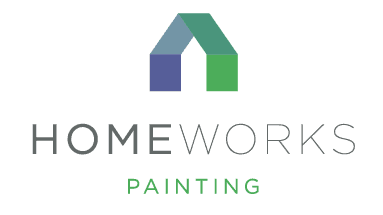




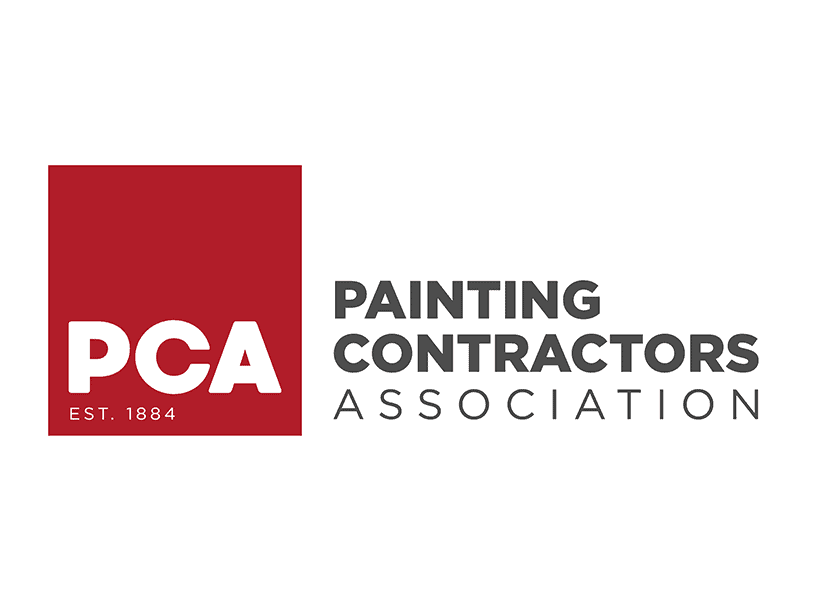
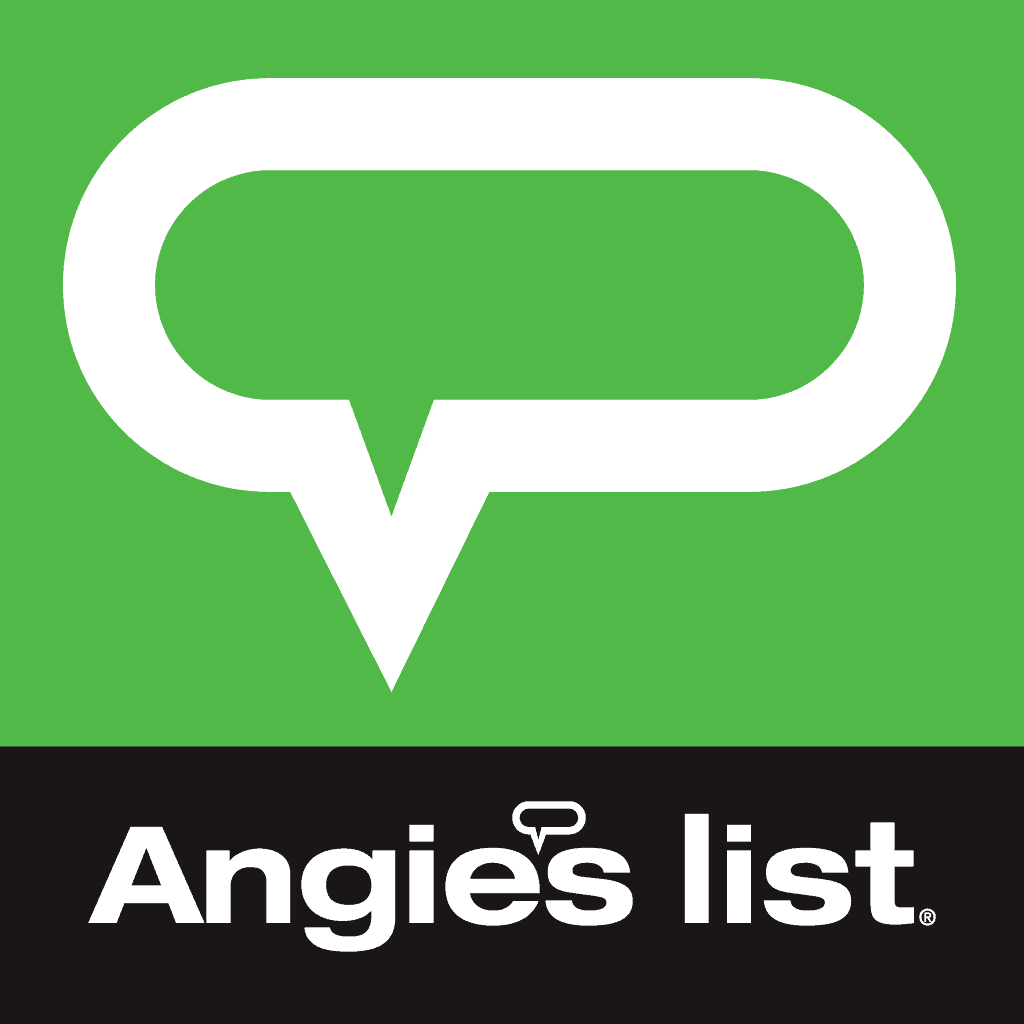


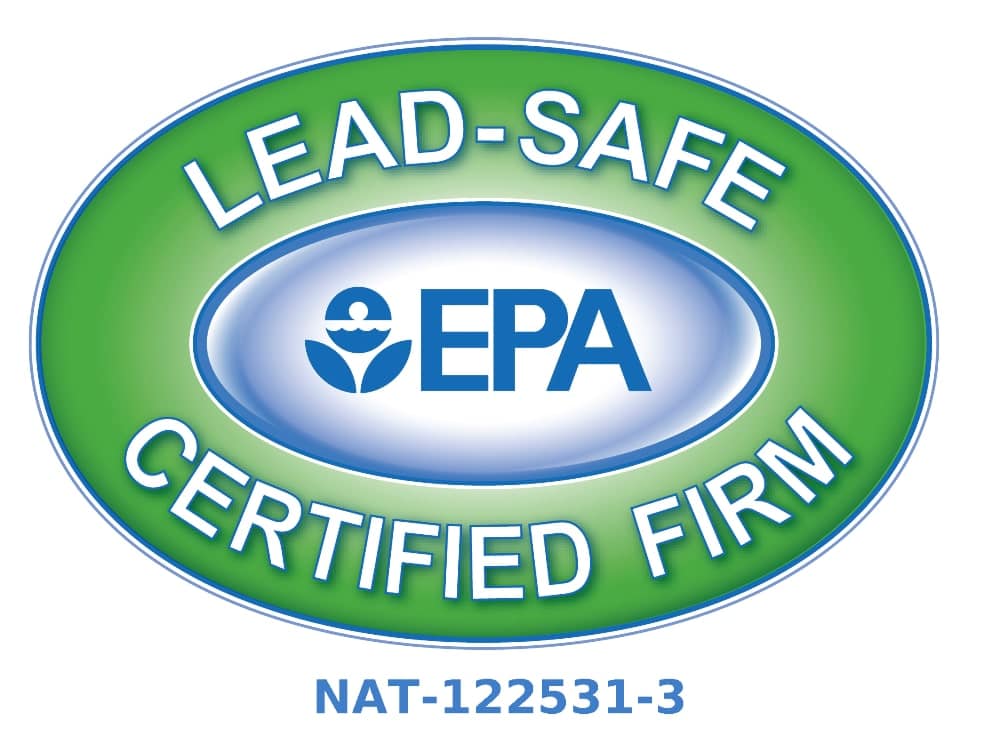
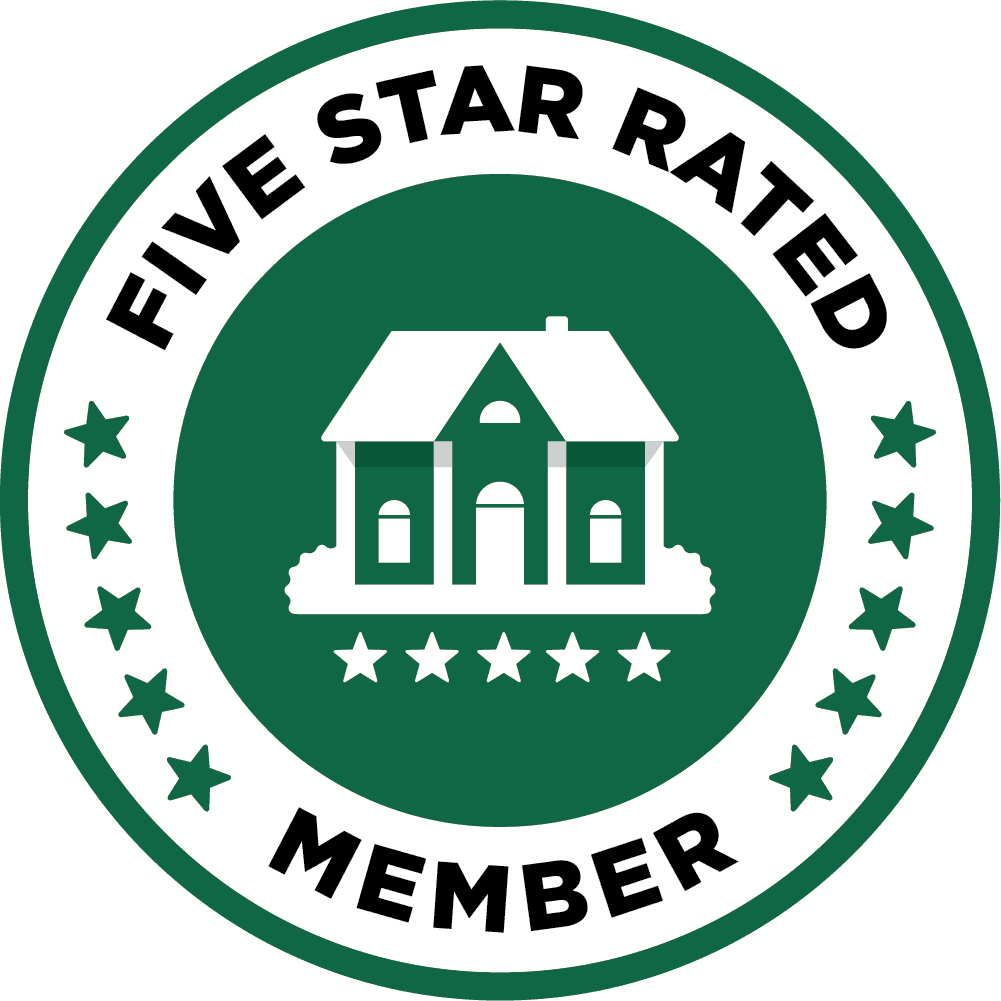
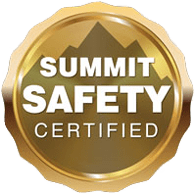
Sorry, the comment form is closed at this time.